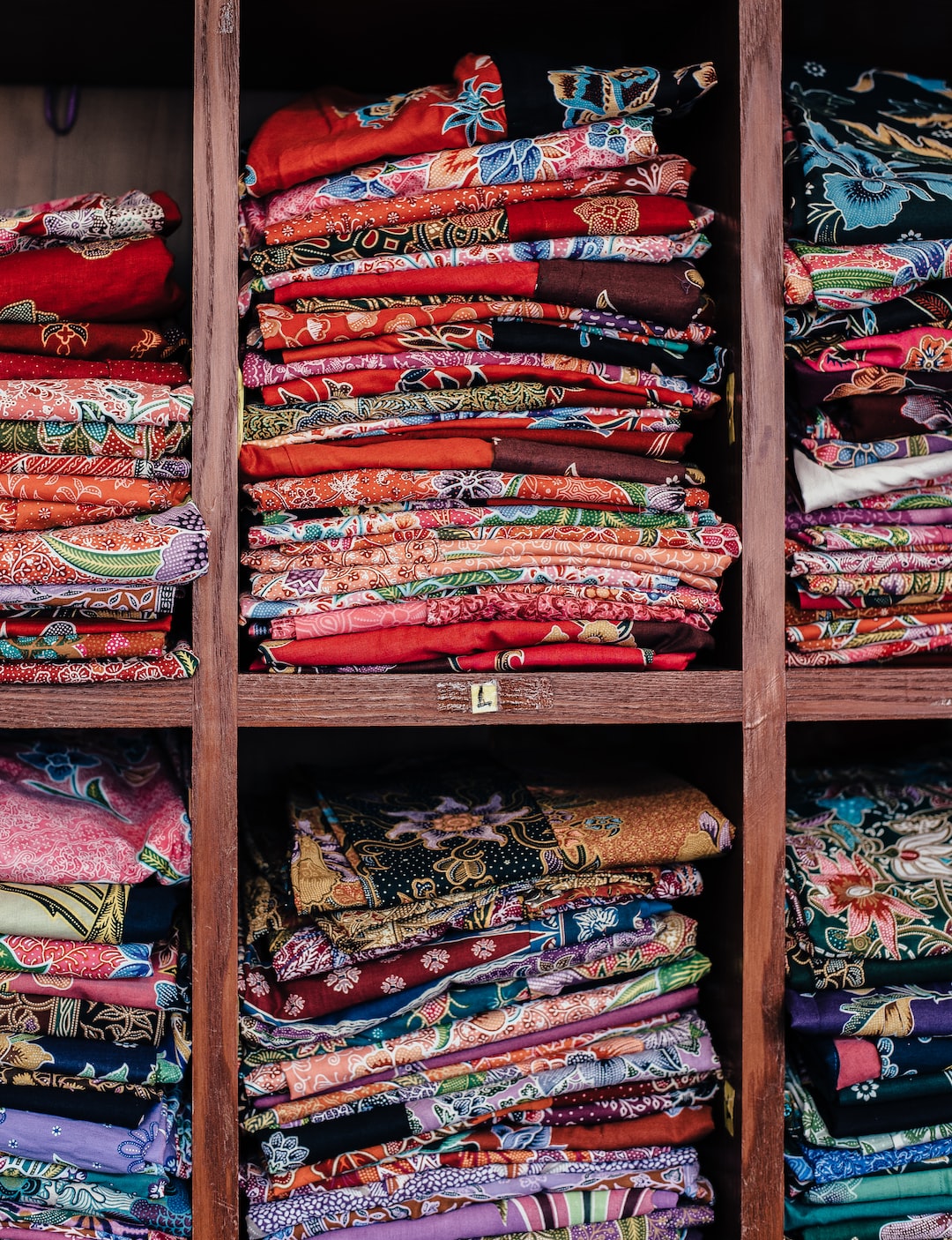
The Vibrant Colors of African Textiles: A Celebration of Culture and Creativity
Share
Africa is a continent rich in tradition, diversity, and artistic expression. From the expansive landscapes to the vibrant cultures, Africa has long been a source of inspiration for artists around the world. One of the most beloved artistic forms from Africa is its textiles, which are known for their bold and vibrant colors.
The Intricate Story Behind African Textiles
African textiles have a deep-rooted history that dates back centuries. They are woven into the cultural fabric of African societies and carry significant meaning and symbolism. Each pattern and color used in these textiles tells a unique story about the community and the individual artist.
Traditionally, African textiles were made by hand using natural fibers such as cotton, silk, and bark cloth. The process of creating these textiles involved spinning, dyeing, weaving, and printing, all done by skilled artisans. Today, while modern technology has made its mark, many African artisans still use traditional methods, ensuring the preservation of this ancient craft.
Colors That Capture the Essence of Africa
One of the most striking aspects of African textiles is the vibrant and diverse color palette used. Each color has its own significance and meaning within the African culture. Here are some of the vibrant colors commonly found in African textiles:
1. Indigo:
Indigo is a deep blue color that represents spirituality and is often associated with protection and healing. It has been used in African textiles for centuries and is closely tied to African spirituality and belief systems.
2. Red:
Red is a powerful color that symbolizes vitality and life force. It is often used in African textiles to represent strength, courage, and the power of the ancestors. Red is also associated with important ceremonies and celebrations.
3. Yellow:
Yellow is a color of joy and optimism. It represents the sun and the abundance of life. In African textiles, yellow is often used to symbolize prosperity, spirituality, and positive energy.
4. Green:
Green is a symbol of fertility, growth, and harmony with nature. It represents the vitality of plants and the abundance of the earth. In African textiles, green is often used to symbolize prosperity and good luck.
5. Orange:
Orange is a color that exudes energy and enthusiasm. It is often associated with creativity and warmth. In African textiles, orange is used to represent hospitality and a welcoming spirit.
6. Purple:
Purple is a color of royalty and dignity. It represents power, wealth, and luxury. In African textiles, purple is often used to signify nobility, spirituality, and wisdom.
7. Pink:
Pink is a color that represents love, compassion, and femininity. It is often used in African textiles to symbolize beauty, nurturing, and tenderness.
African Textiles in Modern Fashion
The vibrant colors and intricate patterns of African textiles have caught the attention of the fashion industry. Designers from all over the world have incorporated African textiles into their collections, bringing a touch of Africa's rich cultural heritage to the global stage.
African textiles have been used in a wide range of fashion items, including clothing, accessories, and home decor. From vibrant dresses and skirts to statement accessories such as bags and jewelry, African textiles add a unique and bold touch to any outfit.
One of the reasons why African textiles have gained such popularity in the fashion industry is their versatility. The colorful patterns and prints can be mixed and matched to create unique looks, allowing individuals to express their creativity while paying homage to African culture.
Supporting African Artisans
When you purchase African textiles, you not only bring home beautiful and unique pieces but also support the livelihoods of African artisans. By supporting these artisans, you are contributing to the preservation of cultural heritage and helping to sustain traditional craftsmanship.
There are various ways you can support African artisans. One of them is by purchasing authentic African textiles from reputable sources. By doing so, you ensure that the artisans receive fair compensation for their work and that the cultural significance of these textiles is respected.
Another way to support African artisans is by raising awareness about their craft. Share the story behind African textiles with your friends and family, and encourage them to appreciate and honor the beauty and cultural significance of these textiles.
Celebrate African Culture and Creativity
The vibrant colors of African textiles are a testament to the rich and diverse culture of Africa. They tell stories of tradition, spirituality, and creativity. Whether it is through fashion or home decor, incorporating African textiles into our lives is a celebration of African culture and a way to honor the talented artisans who create these stunning pieces.
At Paulski Art, we are proud to offer a carefully curated collection of authentic African textiles. Each piece tells a unique story and carries the spirit of Africa within its vibrant colors. Join us in celebrating the beauty and creativity of African textiles by exploring our collection and bringing a touch of Africa into your life.
Experience the magic of African textiles and let the vibrant colors inspire you to embrace your own creativity. Discover the stories behind each pattern and color, and connect with the rich cultural heritage of Africa. Together, let's celebrate the artistry and ingenuity of African textiles!
